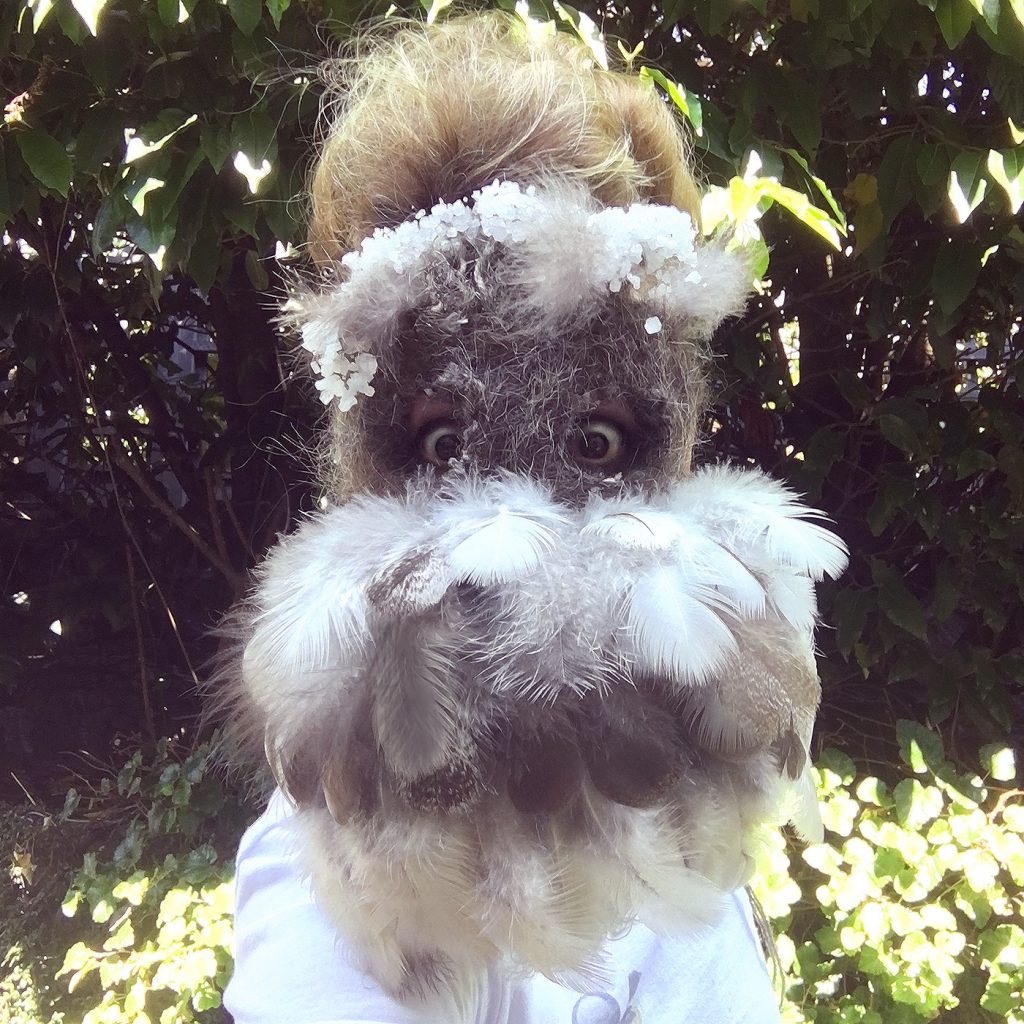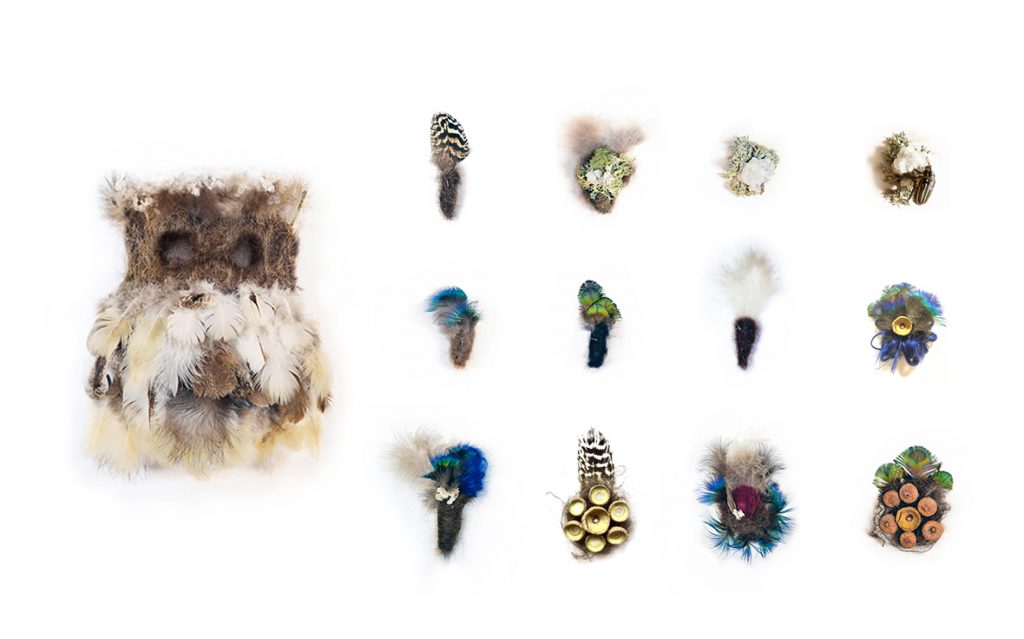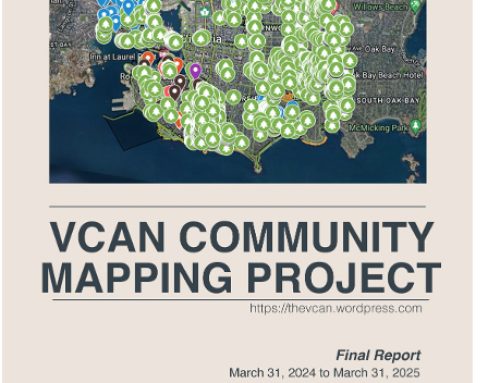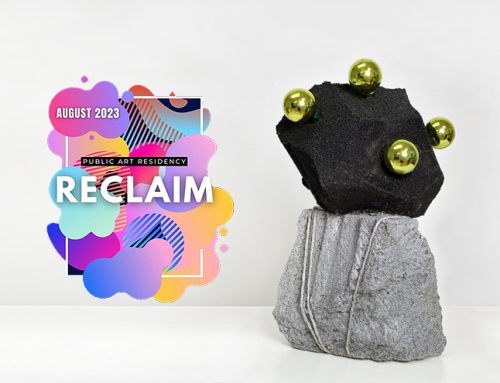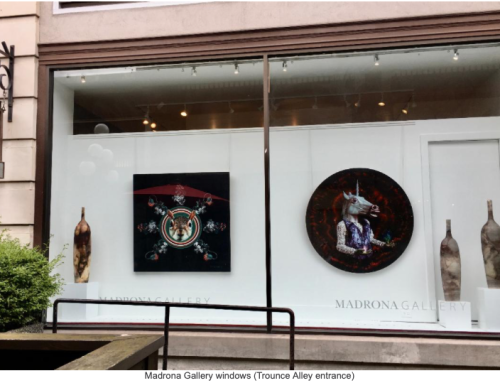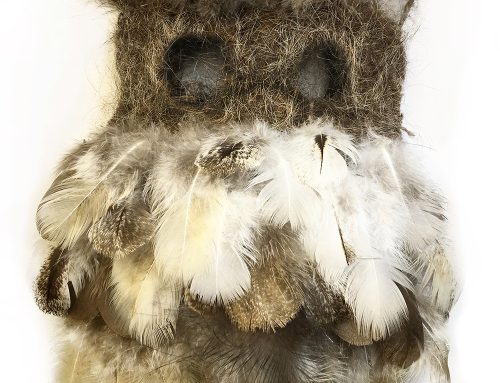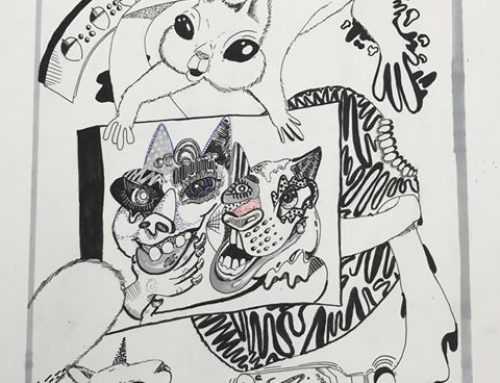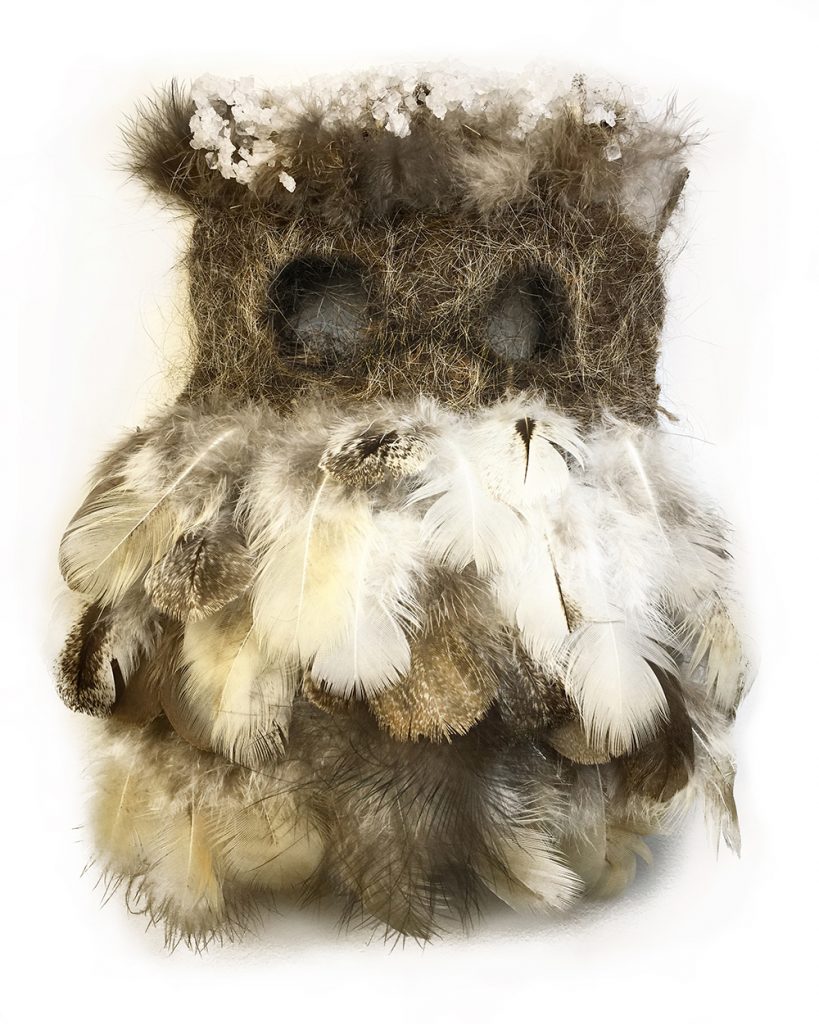
In September, I wanted to mimic the seasonal behaviour of the Eastern Grey Squirrel by collecting and burying Garry oak acorns. A walk through MEE-qan (Beacon Hill Park, Victoria BC) led me to find a Garry oak meadow that pre-dates colonial times. While foraging for acorns beneath the trees, I noticed several dropped peafowl feathers. Slowly, the habitat around me came into focus. Above me, a tree squirrel hurled nuts to the ground from atop a Garry oak tree. Beside me, a blue peacock, a species native to the Indian subcontinent, pecked at the nutmeat from cracked acorns scattered in the grass. Most of the acorns had been already been crushed open by the weight of human feet. And there we were – a squirrel, a peafowl and a human – all connected through the genetic material of a Garry oak tree.
My outcomes were generated by walking, foraging, and receiving gifts of human and non-human hair. I wove together peafowl feathers, squirrel hair, human hair (treated and untreated), Garry oak tree branches, acorn cupules, saliva, ashes, water, and grew DIY salt crystals. Salt is used to extract phenotypes in genome testing. I was curious about what self-forming crystals could tell me when mixed with interspecies DNA.
This experience had me asking:
– What does it mean to be ‘in relation’ to something?
– How are urban animal bodies transported, tracked, managed, and contained?
– How do we build broken bridges between the colonial settler and the natural world?
– What could interlocking human and non-human materials reveal about how we share memories, histories, and futures?
